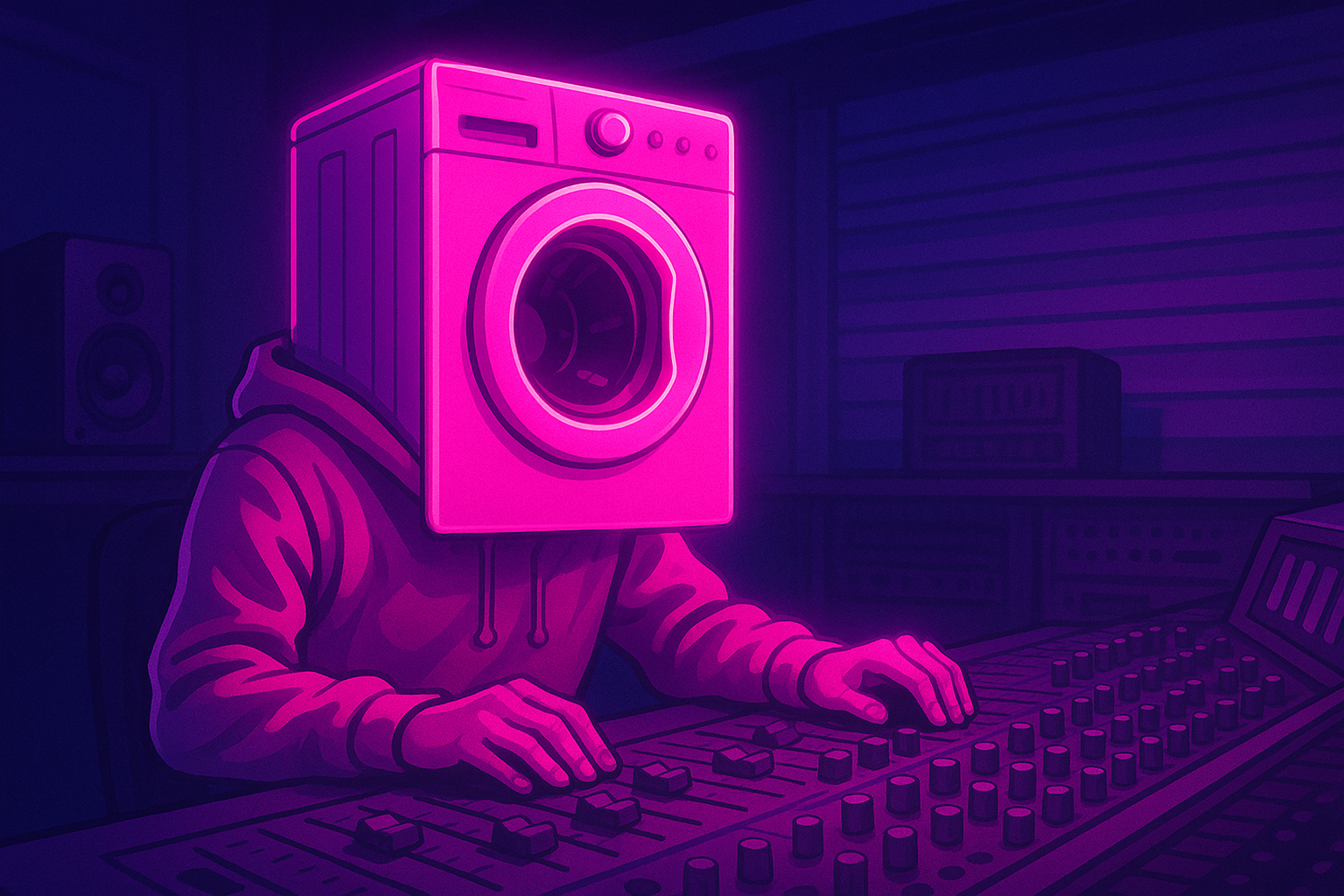Unveiling the Earnings: How Much You Get Paid for 1 Million Streams on Spotify
Introduction:
For musicians in the digital age, streaming platforms like Spotify have become a vital part of their music distribution strategy. As an artist, it’s important to have a clear understanding of the financial aspect and how your music translates into earnings. In this blog post, we will explore the question that often arises: How much do you get paid for 1 million streams on Spotify? We’ll dive into the factors that influence these earnings and provide insights into the potential revenue you can expect.
Factors Affecting Earnings:
Before we delve into the specific numbers, it’s crucial to note that several factors influence how much you get paid for 1 million streams on Spotify. These factors include:
Country of Streaming: Streaming rates vary by country due to differences in royalty rates, purchasing power, and user behavior. Higher-paying regions may yield greater earnings per stream compared to lower-paying regions.
Type of Subscription: Spotify offers different subscription tiers, including free, ad-supported, and premium. The rates differ based on the type of subscription through which the streams are generated. Premium streams generally generate higher revenue compared to ad-supported or free streams.
Royalty Rates: The royalty rates paid out by Spotify can differ depending on licensing agreements and other factors. These rates may vary for major label artists, independent artists, and songwriters.
Calculating Potential Earnings:
While it’s challenging to provide an exact figure, we can estimate the potential earnings for 1 million streams on Spotify based on average industry data. Keep in mind that these figures are approximate and subject to the factors mentioned earlier. Here’s a breakdown:
Average Revenue per Stream: On average, an artist can earn between $0.003 and $0.005 per stream. This figure represents the revenue generated per stream.
Artist’s Share: Based on an average revenue per stream of $0.004 and 1 million streams, the artist’s share would amount to approximately $4,000.
Please note that these figures are intended to provide a rough estimate, and the actual earnings can vary based on the factors mentioned earlier.
Maximizing Your Earnings:
While the earnings from streaming services are an important aspect for artists, it’s essential to approach your music career holistically. Here are some additional tips to maximize your earnings:
Diversify Your Revenue Streams: Explore additional income streams such as merchandise sales, live performances, sync licensing, and crowdfunding platforms to supplement your earnings from streaming.
Build a Strong Fan Base: Engage with your listeners, grow your fan base, and leverage social media and digital marketing strategies to drive streams and increase your overall reach.
Collaborate and Network: Collaborate with other artists, producers, and industry professionals to expand your network and access new opportunities for exposure and revenue generation.
Conclusion:
Understanding how much you get paid for 1 million streams on Spotify involves various factors and can vary significantly. While it’s challenging to provide an exact figure, the average earnings per stream can give you a rough estimate. However, it’s important to remember that streaming revenue is only one aspect of your overall music career. By diversifying your revenue streams and building a dedicated fan base, you can maximize your earnings and create a sustainable music career.
Disclaimer: The figures mentioned in this blog post are based on industry averages and estimates and may not reflect the exact earnings you will receive from 1 million streams on Spotify. The streaming landscape is complex and influenced by numerous factors, including region, subscription type, and royalty rates, among others. It’s important to note that these figures are for illustrative purposes only and should not be considered as definitive or guaranteed earnings. Actual earnings can vary significantly and
Make sure to claim every royalty what belong to by checking our previous blog post.






